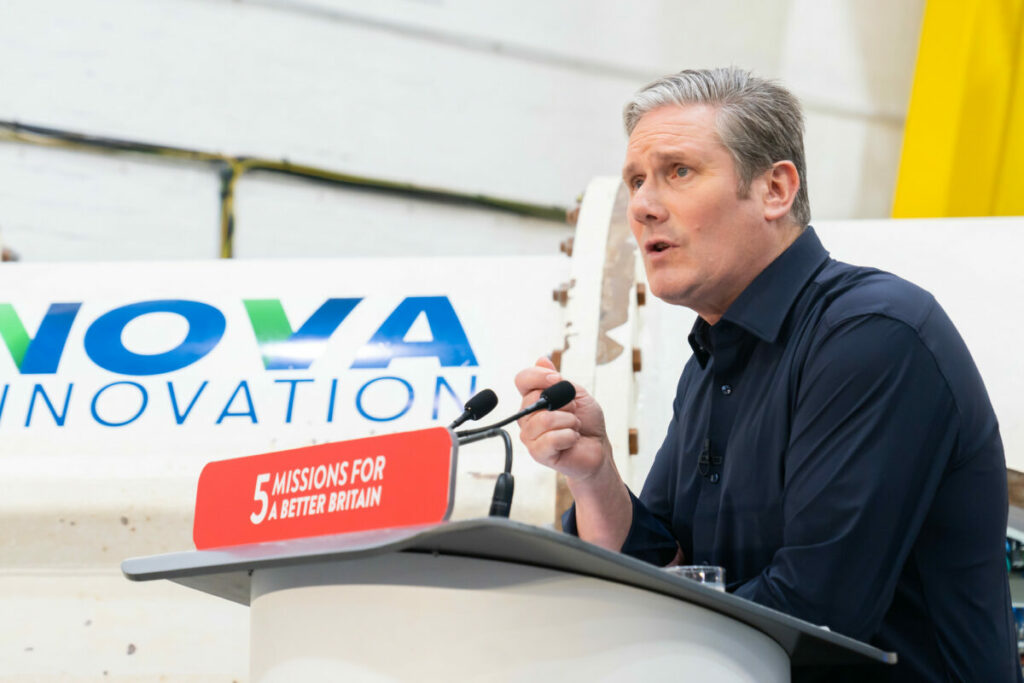At the beginning of February reports began circling concerning Labour’s plans to decrease its net zero policy pledge of £28 billion towards green investment.
This was confirmed this week as multiple publications such as The Guardian confirmed Labour Party leader Keir Starmer’s intention to half the party’s investment pledge to under £15 billion a year.
This announcement was greeted with shock and some dismay from energy industry members.
Green homes
The Warm Homes Plan took one of the biggest hits, with the original investment pledge of £60 billion over ten years for green homes (roughly £6 billion a year) cut to £13.2 billion over five years (roughly £2.64 billion a year).
“Cutting back programmes to insulate homes means more wasted energy, more imported gas and higher bills. There are millions living in cold, damp homes leading to illnesses that costs the NHS billions a year,” said Jess Ralston, energy analyst at the Energy and Climate Intelligence Unit (ECIU).
Ralston also noted that the “energy bills rollercoaster” of the past couple of year has highlighted the importance of reducing dependence on gas markets.
“A key way of doing that is to ramp up heat pumps, every one of which reduces the amount of gas we need to buy,” continued Ralston.
“Bringing back the landlord standards that the Government U-turned on is one way to crowd in private sector investment but that doesn’t help everyone struggling with higher bills.”
Think tank E3G however, pointed out that although decreased, Labour’s Warm Homes Plan investment remains higher than the £4.7 billion currently allocated by the conservatives for home upgrades, which comes to roughly £0.9 billion a year.
“There is no question that Labour’s commitment to its fiscal rules has massively constrained its green investment ambition. The fact remains that Labour has still pledged a major increase in green investment compared to the Conservative government’s plans,” said Ed Matthew, campaign director at E3G.
Despite funding coming from pledges schemes such as the Green Prosperity Plan, which allocates £23.7 billion to bridge the public investment gap for Britain’s critical infrastructure, and the Financing Growth Plan, Matther warns that climate target may still remain out of reach.
“This may not be enough to reach our climate and fuel poverty targets, and ensure we are internationally competitive – sparking life back into the economy,” continued Matthews, “Labour will have to work hard to maximise the leverage of private investment, and back up the Plan with major tax incentives and smart regulation.”
The importance of stability
Speaking to The Guardian, Starmer assured that these cuts reflected a change fo circumstance rather than ambition and Dan McGrail, chief executive at RenewablesUK pointed out that, as the bulk of energy transition funding will come from the private sector, “a stable and predictable business environment” is what remains critical for the next government to deliver.
According to the National Infrastructure Commission (NIC) private sector investment in green infrastructure must increase sharply from roughly £30-40 billion to between £40-50 billion from 2030 to the 2040s.
“It’s encouraging that the Labour Party remains clear, publicly and privately, about its continued commitment to develop renewable energy as a means of driving economic growth across the UK. Crucially, in their updated plan, they are maintaining their pledges to providing incentives for clean energy manufacturing to build up new supply chains, including investment in ports to turn them into industrial hubs for offshore wind,” added McGrail.
“With the right policy framework in place, the renewable energy industry stands ready to invest billions in the UK, creating new jobs, increasing energy security and delivering low cost electricity for billpayers.”





